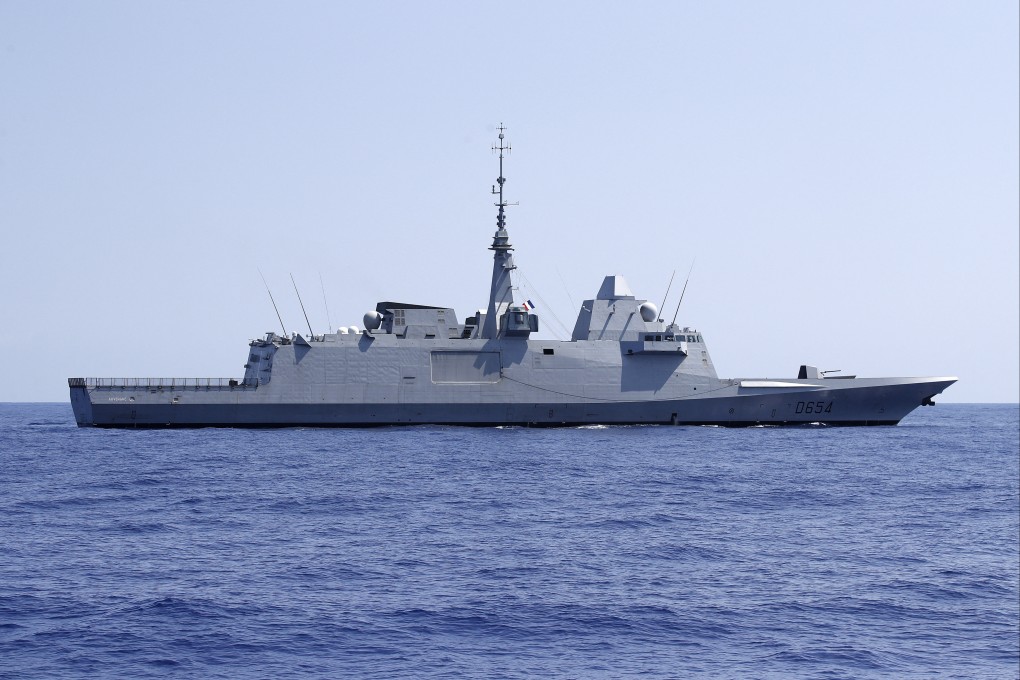Indonesia to buy 8 Italian frigates and hike defence spending as China tensions rise
- Jakarta is planning a massive boost in defence spending, with a leaked document suggesting a budget of US$124 billion over five years – three times the previous level
- Need to modernise fleet has been highlighted by sinking of the submarine KRI Nanggala and increasing Chinese activity near the Natuna Islands, experts say

Analysts say the deal highlights the Southeast Asian nation’s concerns over violations of its territory by Chinese vessels and its ability to defend its interests with its current fleet of ageing vessels.
According to a leaked document, the Indonesian defence ministry will propose a budget of US$124 billion, which will be split over five years, representing a massive increase in defence spending for Indonesia. Over the previous five years it spent around US$38.8 billion.
According to the website of Italian shipbuilder Fincantieri, Indonesia has signed a contract to purchase six new FREMM multipurpose frigates and two used Maestrale-class frigates. The two Maestrale-class frigates will be available after they are retired by the Italian Navy.

The company said the deal was “of the utmost importance” to strengthen the collaboration between two countries in the “strategic area of the Pacific”. It did not disclose the value of the contract.